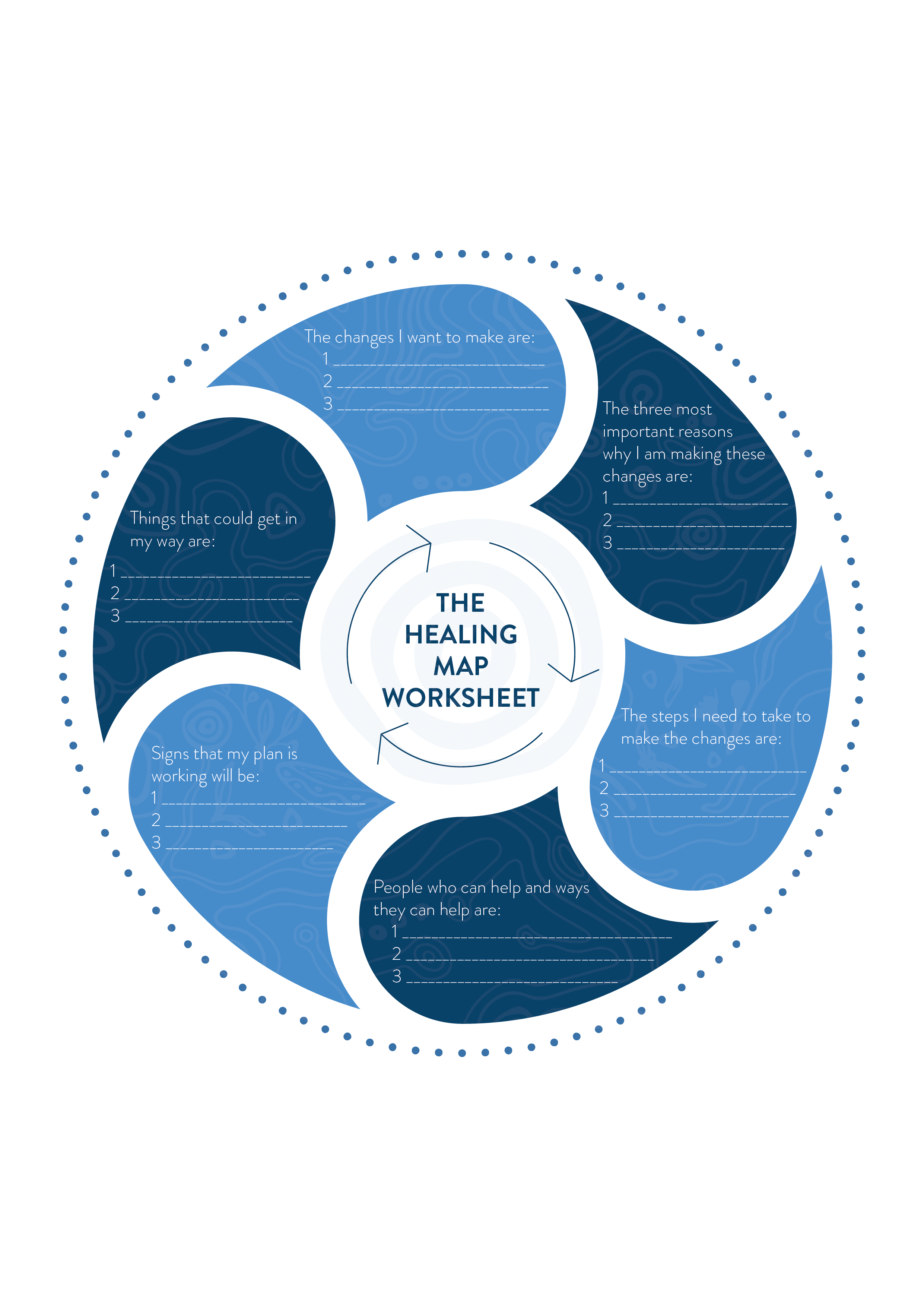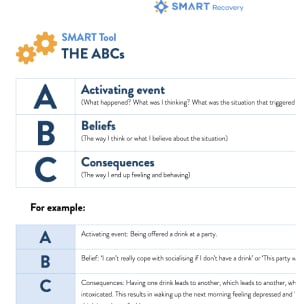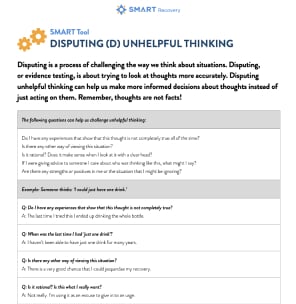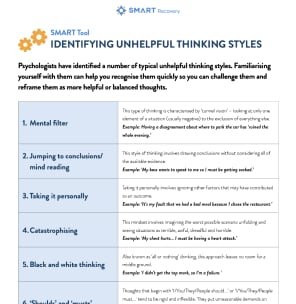Healing Map
Tool Overview
Having a Healing map is a very effective way to increase confidence. The Healing map worksheet is a good tool to help you record what changes you want to make and how you’ll make these changes on your healing recovery journey.
When To Use This Tool
We know that the understanding of social and emotional wellbeing varies between cultural groups and individuals across the nation. Take time to think about your social and emotional wellbeing and what it means to you. See diagram below. You’ll notice that self, you, are at the centre.
How To Use This Tool
The Healing map worksheet is important to remind you of what you want to change. With all of these worksheets and tools, you don’t have to write, you can create drawings or use icons instead of words. Another option is to use your phone to record your change plan and replay to yourself when needed.
Helpful Links
Related Tools
View all- Tool
Lifestyle Audit
When we slow down on a behaviour of concern, it can leave a gaping hole in our lives. Often, we find that we have a lot more free time, which used to be filled with activities related to our old behaviour. Also, we may no longer associate with the same group of friends.
- Tool
Setting SMART Goals
It’s important to make sure goals are SMART: Specific, Measurable, Achievable, Realistic and Timed.
- Tool
Weekly Planner
Once you have set some specific goals and broken them down into smaller, specific steps, the weekly planner can be useful for keeping these goals on track and ensuring that you are taking active steps towards achieving them.
Tool Overview
The ABC Model is a good way of understanding how we can help change our feelings and behaviour by challenging our thinking.
When to Use This Tool
The ABC Model is a good way of understanding how we can help change our feelings and behaviour by challenging our thinking. It helps us uncover beliefs that are not helping us /contributing to the behaviour we are trying to change.
This exercise may be done in the group setting but can also be very useful for participants to look at between meetings.
How To Use This Tool
When working with urges: To analyze a lapse/relapse or to develop coping statements for an anticipated lapse/relapse.
In the event of a lapse, the question to ask is not “What made me do that”, but rather, “How did I talk myself into it?” It is not the urge (A) that causes the lapse (C). It is our beliefs (B); our irrational self-talk.With emotional upset:
The ABC Model can also be used to work with emotional upset or frustrations that may occur at any point in the recovery journey. The ABCs allow us to discover our unhelpful beliefs which contribute to emotional upsets. Disputing helps us eliminate our irrational thinking so we can both feel better and do better. In SMART Recovery we teach that we feel the way we think; it’s not unpleasant events that disturb us, it’s the way we think of them. By changing our thinking, we change how we feel.Identifying and Disputing Unhelpful Thinking.
Disputing is a process of challenging the way we think about situations. It’s about trying to look at thoughts more accurately. Disputing unhelpful thinking can help us make more informed decisions about thoughts instead of just acting on them. Balanced thinking leads to effective new beliefs.



